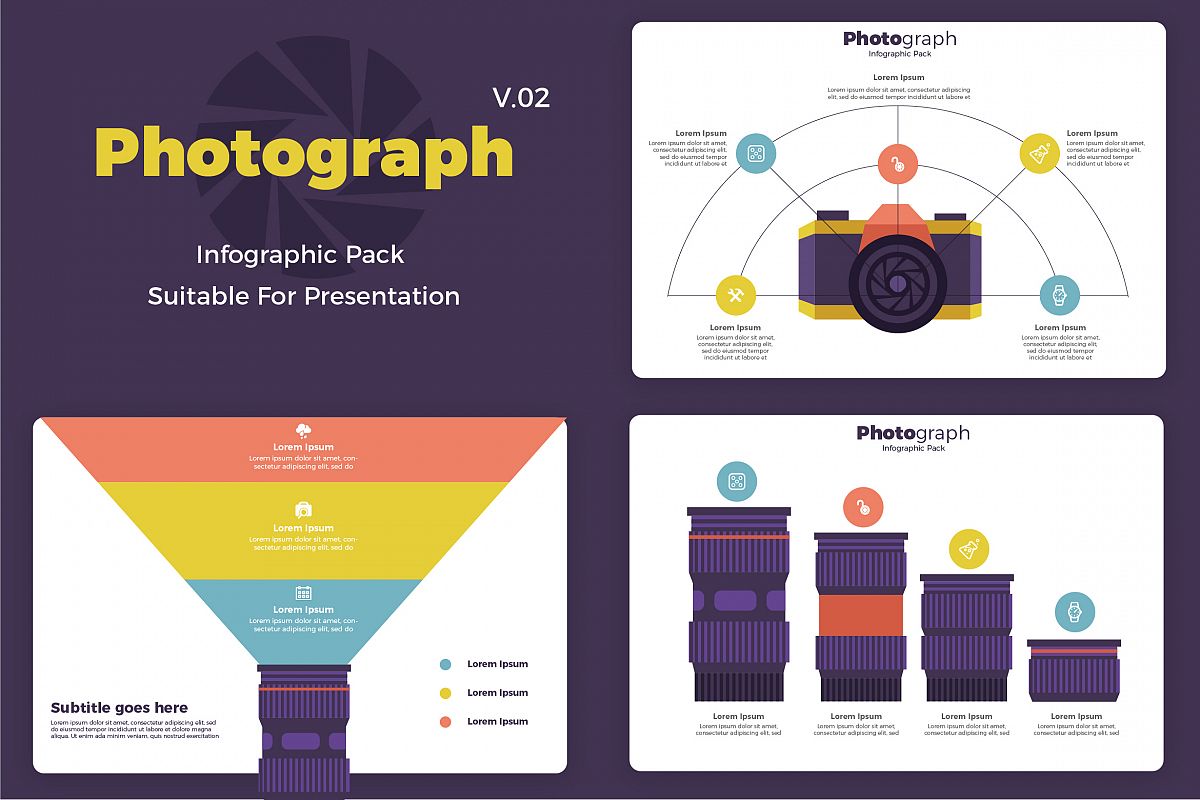What Every Photographer Must Learn About Illumination
What Every Photographer Must Learn About Illumination
Blog Article
Web Content Writer-Boone Riddle
As a digital photographer, you know that lighting can make or break your pictures. Understanding the nuances of both all-natural and fabricated light is crucial for catching the mood and clearness you aim for in your job. Whether you're going after the excellent golden hour radiance or tweak your man-made configurations, mastering these components can boost your digital photography substantially. But there prevail https://telegra.ph/Easy-Ways-To-Improve-Your-Picture-Photography-01-08-8 that numerous ignore, and acknowledging them can transform your approach to every shoot. Let's explore what you could be missing out on and just how it can affect your outcomes.
Understanding Natural Light
Comprehending natural light is vital for any professional photographer aiming to boost their job. It's the foundation of great digital photography, affecting mood, tone, and quality. When you fire outdoors, take note of the moment of day. The golden hour-- quickly after dawn and prior to sundown-- uses soft, warm light that can change regular scenes into magnificent pictures.
Don't underestimate the power of cloudy days. Cloud cover diffuses sunlight, creating a soft, even light that's best for pictures and macro photography. You'll discover shades pop in this type of lights without harsh shadows.
Placing issues, too. Always consider your topic's alignment to the light source. If the sun's behind your topic, you may wind up with a shape, which can be dramatic yet mightn't be what you want. On the other hand, direct sunlight can develop uncomplimentary darkness.
Trying out angles; occasionally, changing your viewpoint can yield remarkable outcomes. Usage natural reflectors, like water or sand, to bounce light onto your topic, including measurement.
Mastering Artificial Light
Mastering man-made light is essential for professional photographers that want to take their abilities to the following level. Whether you're using speedlights, workshop strobes, or continual lights, recognizing how to control these resources can significantly improve your pictures.
Begin by familiarizing on your own with the essentials of light top quality, direction, and shade temperature. Try out different modifiers like softboxes, umbrellas, or grids to regulate the gentleness or violence of the light.
You'll discover that soft light often creates complementary results, while harsher light can add drama and depth. Don't shy away from shadows; they can boost the three-dimensionality of your subjects.
Pay very close attention to the positioning of your lights. A light located also close to your subject can produce uncomplimentary results, while too far can cause a lack of information. Utilize a light meter or your cam's histogram to ensure you're exposing appropriately.
Lastly, keep in mind that synthetic light can be combined with ambient light for imaginative effects. Stabilizing these resources may take practice, but once you understand it, your digital photography will genuinely radiate.
Strategies for Various Scenarios
When you enter various shooting situations, adjusting your illumination methods is crucial for recording the most effective pictures. For outdoor pictures, use the golden hour-- early morning or late afternoon light-- to soften shadows and improve complexion.
If it's an extreme midday sunlight, think about making use of a reflector to bounce light back onto your subject or look for shaded locations for a much more even direct exposure.
In low-light situations, like interior events, boost your ISO and make use of a wide aperture to let in even more light. A tripod can help get rid of video camera shake, permitting longer direct exposures without blurring.
If you're contending evening, try out off-camera flash to develop dynamic lighting and depth in your images.
For item digital photography, use diffused illumination to stay clear of rough reflections. Softboxes or light outdoors tents can help attain this effect.
When photographing landscapes, think about the direction of light and time of day, as it can drastically change the mood of your shot.
Always be ready to readjust your setups and placing based on the situation, as versatility is vital to grasping lighting in digital photography.
https://squareblogs.net/brain989marketta/unlock-the-secrets-to-finding-the-perfect-electronic-camera-for-your-demands
To conclude, understanding lighting is essential to raising your photography abilities. Accept all-natural light's appeal during gold hour, and don't shy away from try out man-made light strategies. By adjusting Portrait Studio to various scenarios, you'll capture spectacular images that reverberate with emotion and clarity. Remember, the right lights can change a regular shot into something extraordinary, so maintain exercising and fine-tuning your understanding of both natural and fabricated light. Satisfied capturing!
